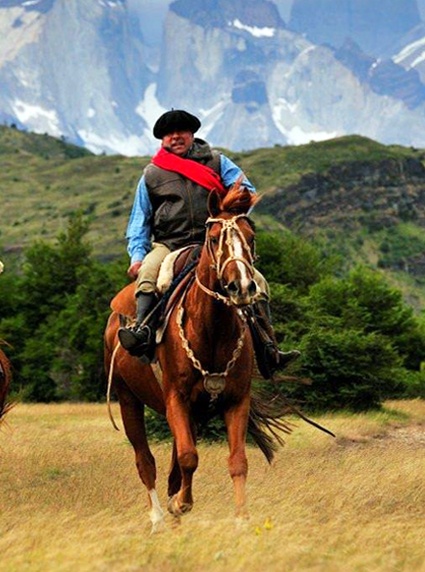Chilean Antarctica, part of the white continent, is one of the coldest places in the world. Its annual average temperature is 6.8 ° C and rainfall reaches an annual average of 347 millimeters. It is located about a thousand kilometers south of Punta Arenas and covers an area of 1,250,000 km², presenting very fragmented coasts. Chilean sovereignty in Antarctica is assured by the existence of numerous bases and shelters, such as the President Frei Base, the President Frei Meteorological Center and the Villa las Estrellas, where Chilean families are dedicated to scientific research live.
The latter is the largest populated center in Antarctica, but it only hosts about 1,200 people throughout the year, mostly tourists.
The waters where Antarctic ice floats are the purest on the planet and travel along the entire coast of Chilean Patagonia. In these extensions, the blue whale coexists with the krill, the king penguins with the Weddell seals and the albatross with the petrels.
These icy currents that dominate the air and the sea have allowed this remarkable fauna to be isolated from threats and extinctions. A place to admire and explore, dedicated to science and that increasingly attracts more visitors, who must follow rigorous standards to maintain its pure state of conservation.
The closest distance between Antarctica and another continental mass is in the strait known as the Drake Pass, which connects Antarctica with the Magallanes region. To its geographical isolation we must add the extreme climatic conditions and the bravery of the Southern Ocean, which have kept the continent in a fragile loneliness. Only in the last hundred years, the human being has dared to set foot on this inhospitable land but of great scientific value and heritage of humanity.
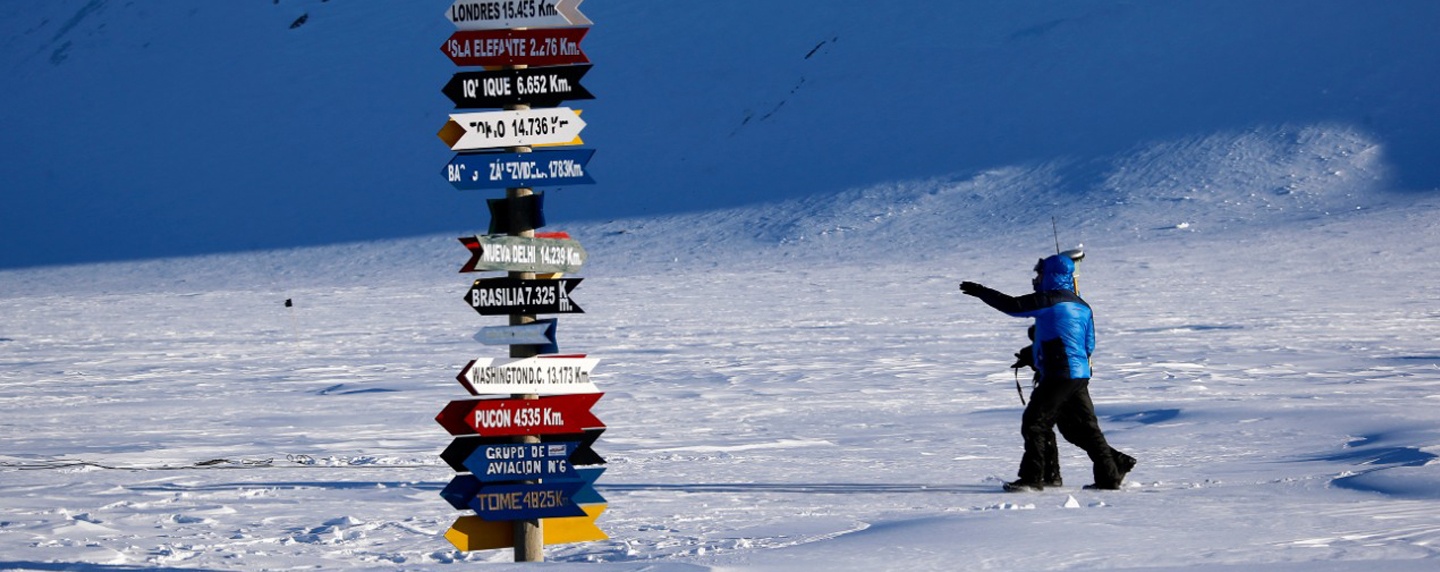
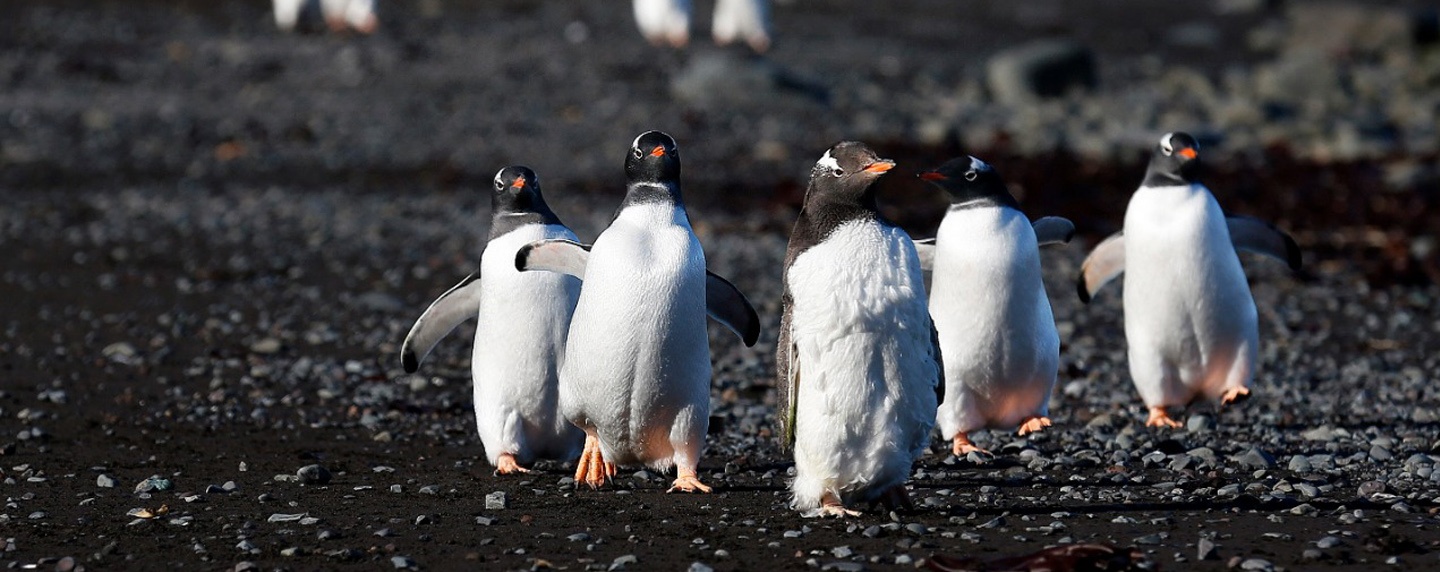
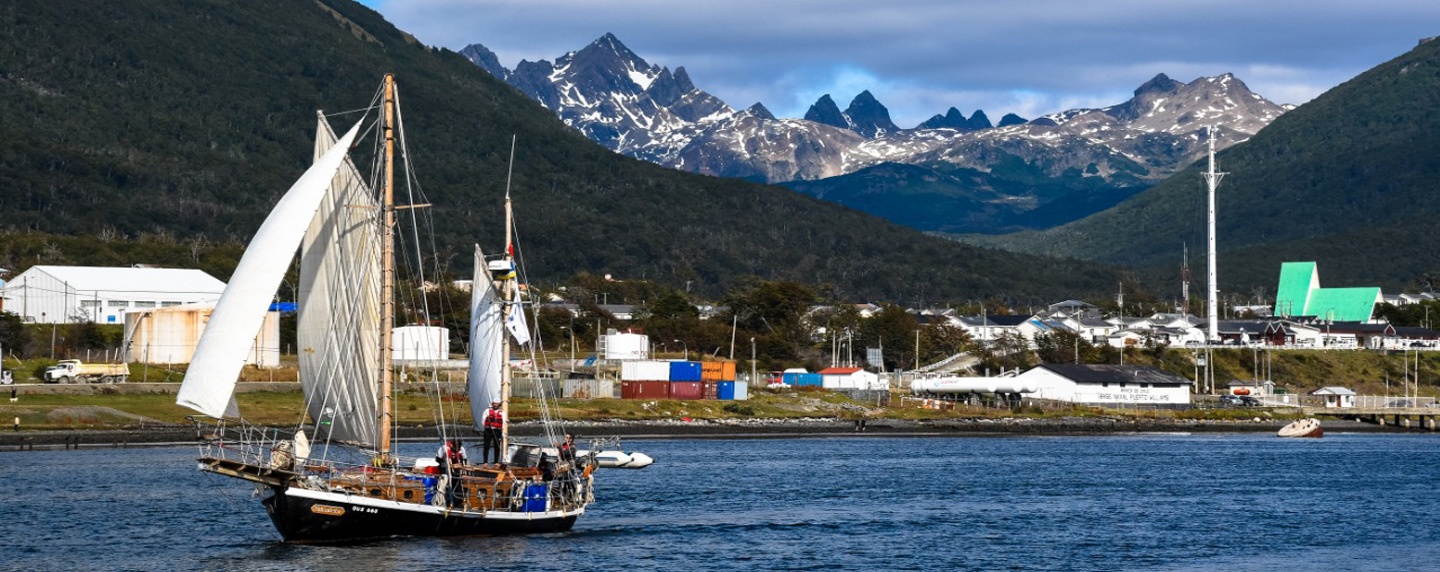
Spending a few days in an Estancia means encountering nature that is still preserved ...
discover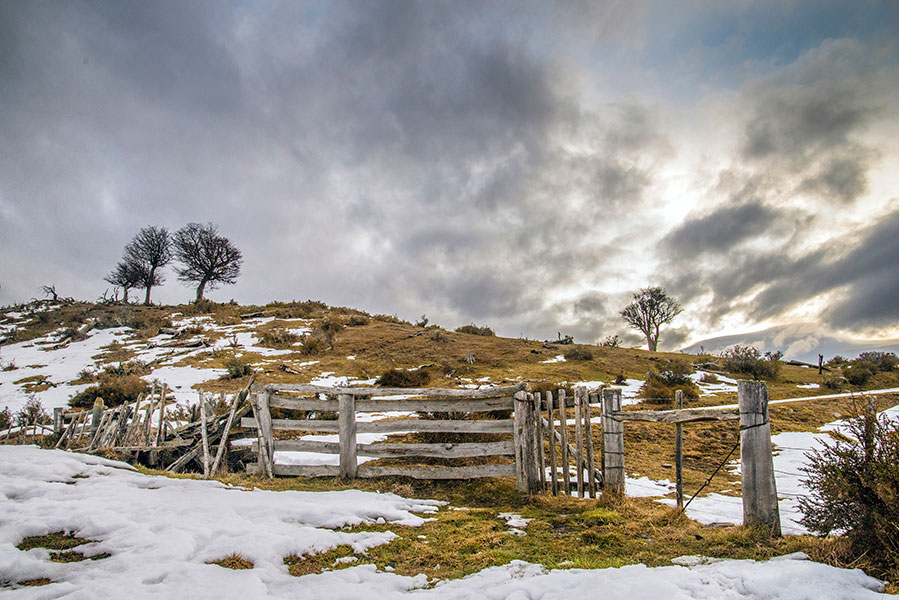
Enjoy the 17 hours of light that accompany you in the summer and don't miss the dawn,...
discover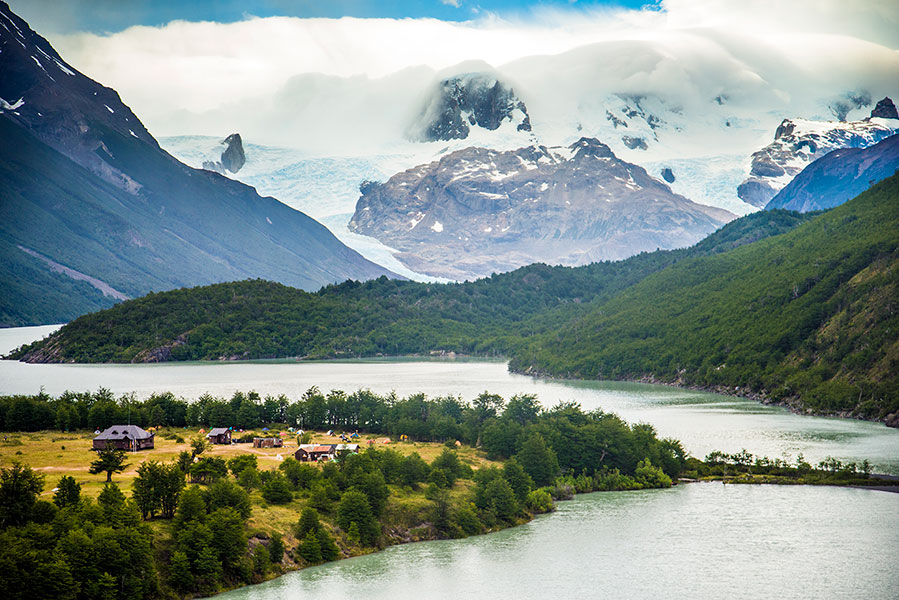
The Bahía Lomas wetland is the southernmost one in Chile. It has an area of 58...
discover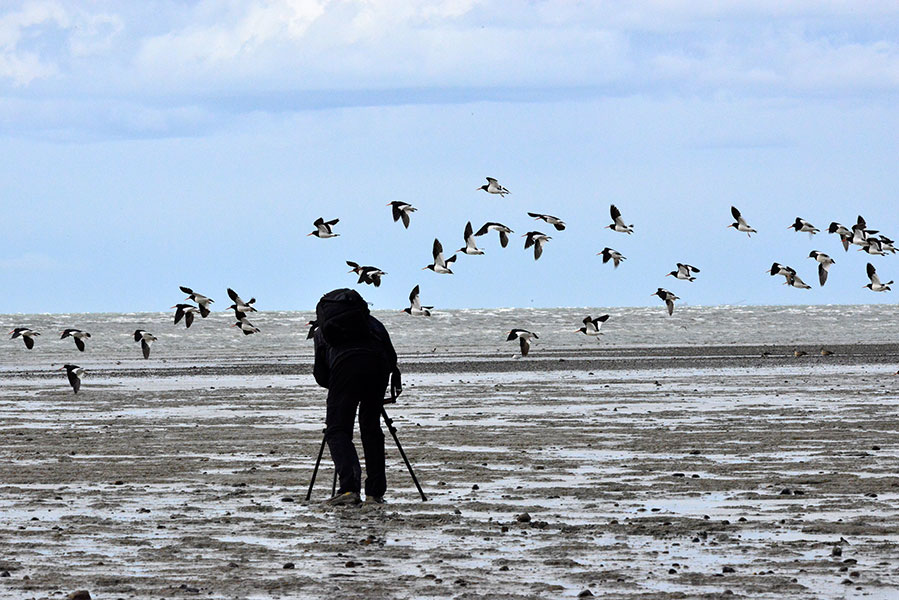
His name is due to the flavor of their waters, because they have a high content of sa...
discover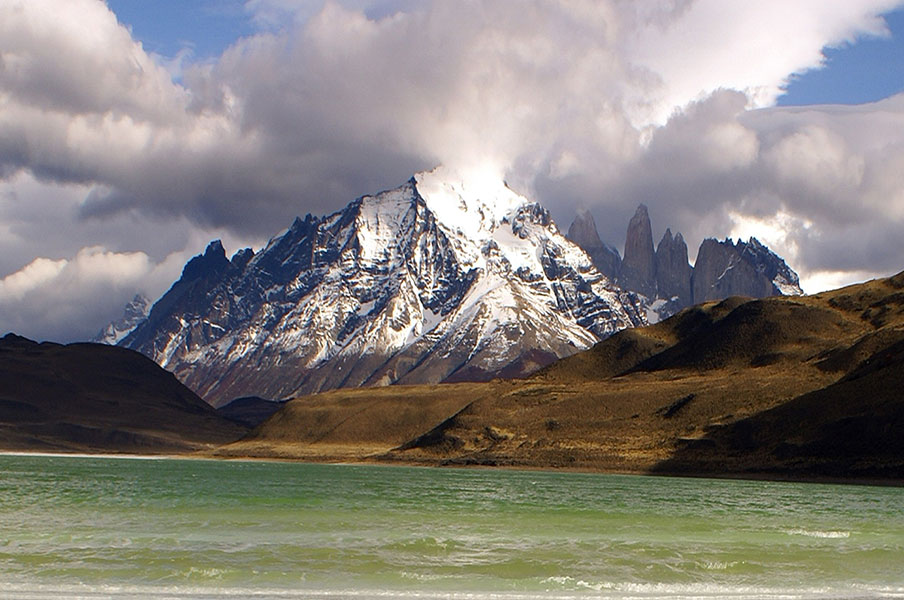
This route is a great challenge for those who usually practice trekking, as well as o...
discover
In Bahía Inútil (Inútil Bay) sector is located one of the most important attractio...
discover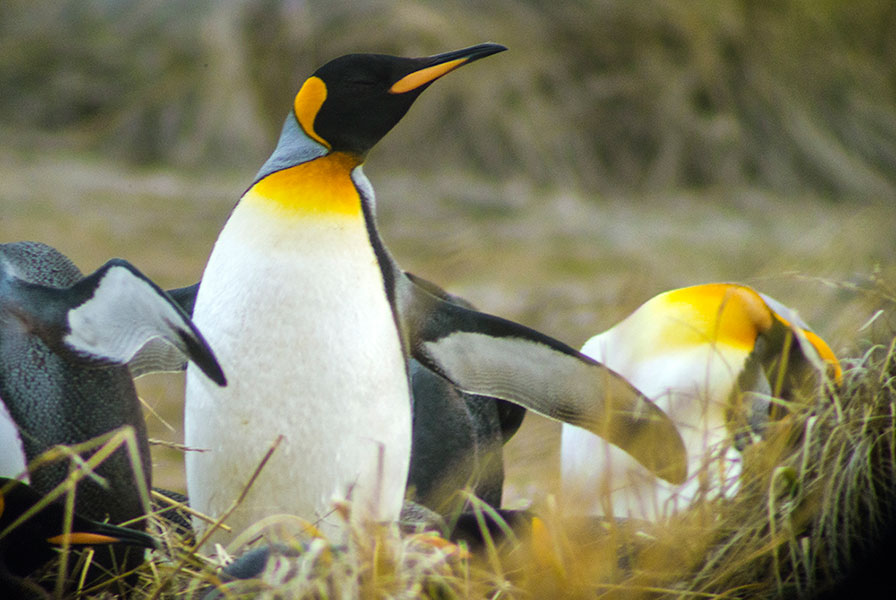
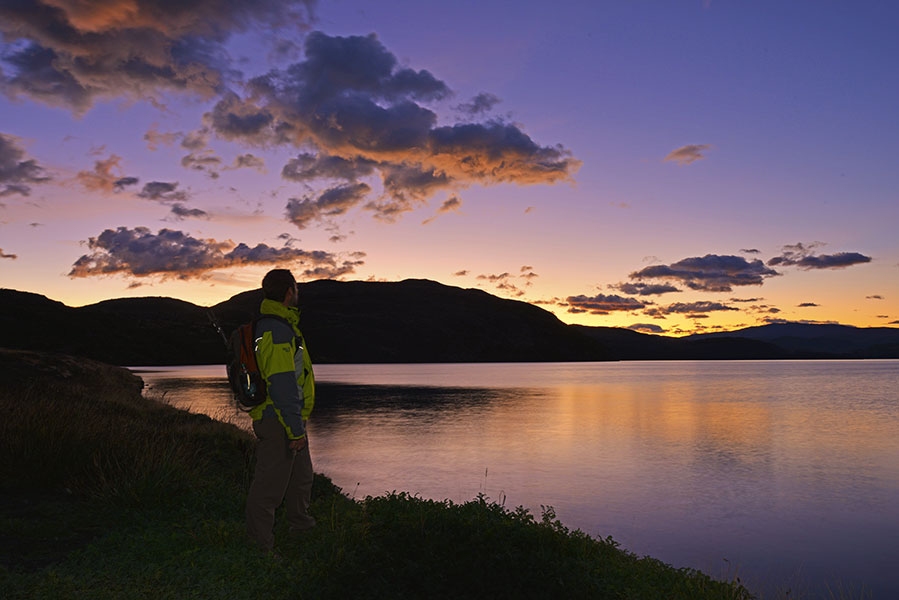
This spectacular waterfall is located on the Paine River, in the Laguna Amarga sector...
discover
Puerto Williams is the capital of the Chilean Antarctic territory and strategic point...
discover
This imposing mass of ice has several fronts, one facing the sea, another larger to t...
discover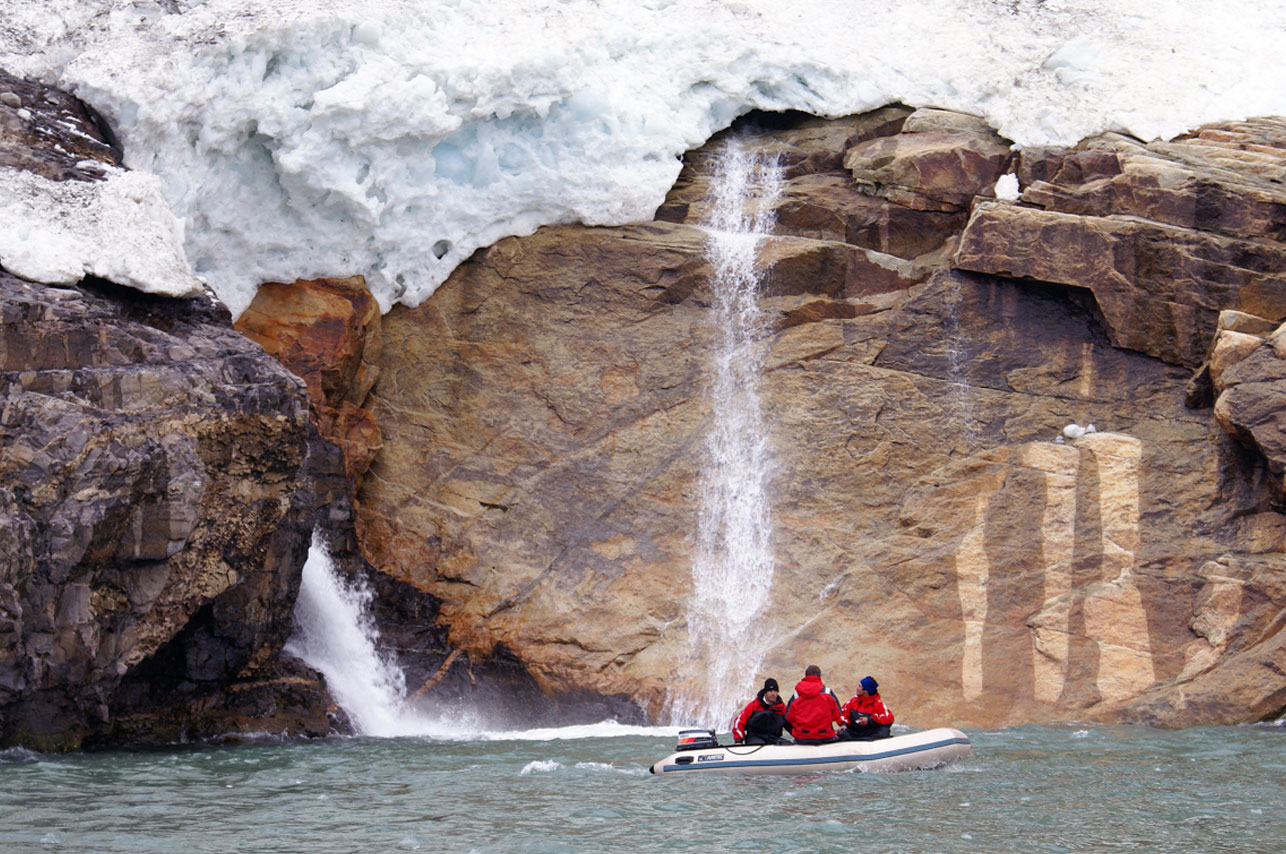
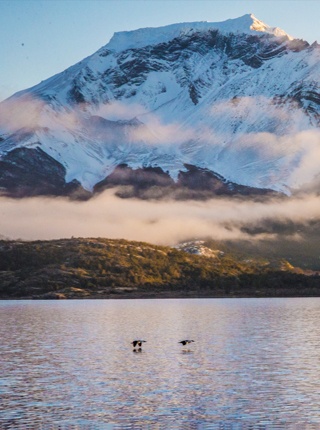
This is one of the most recommended viewpoints in Torres del Paine National Park.
discover
Karukinka natural park, a private reserve and conservation model for the biodiversity...
discover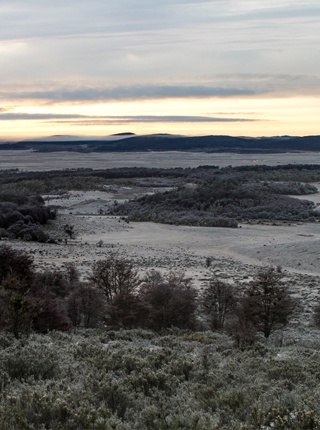
The Alberto de Agostini national park is located south of Punta Arenas and west of Pu...
discover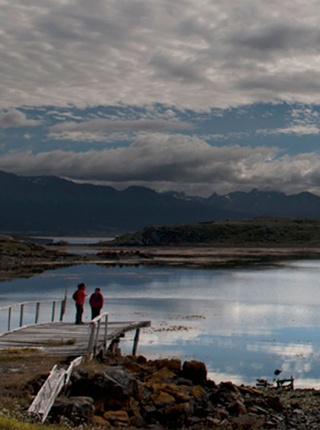
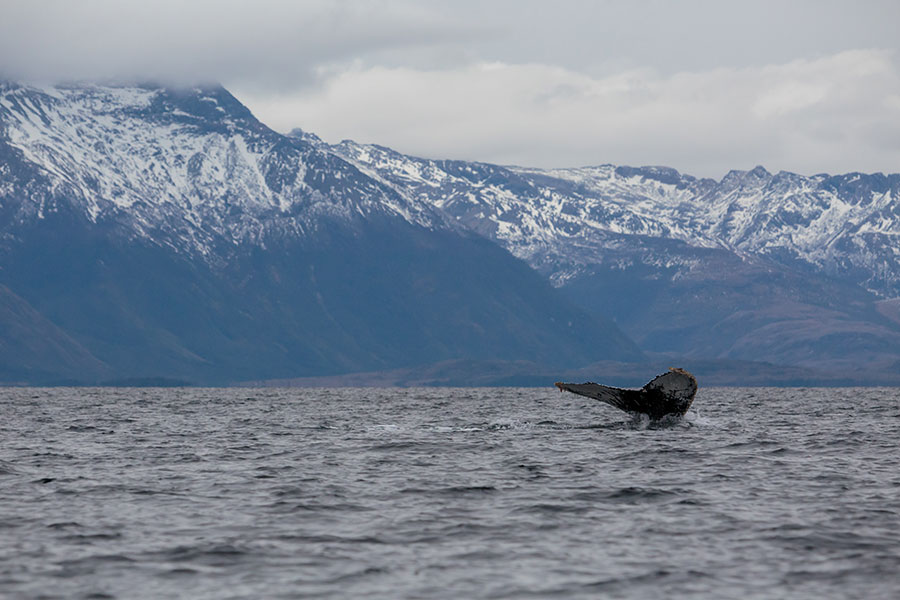
This reserve is located 52 Km south of Punta Arenas and was created in April 22, 1977...
discover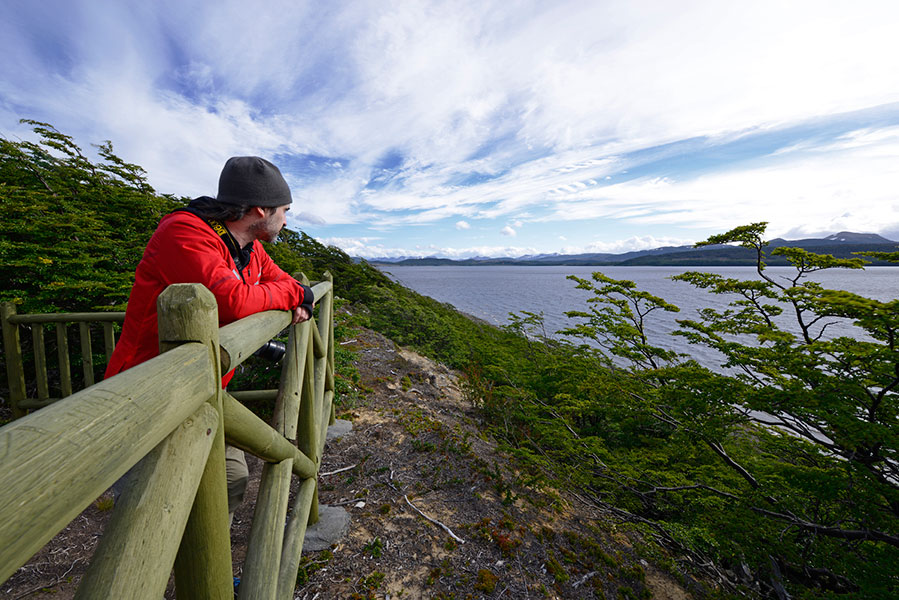
Balmaceda and Serrano glaciers, majestic places, almost not intervened by man.
discover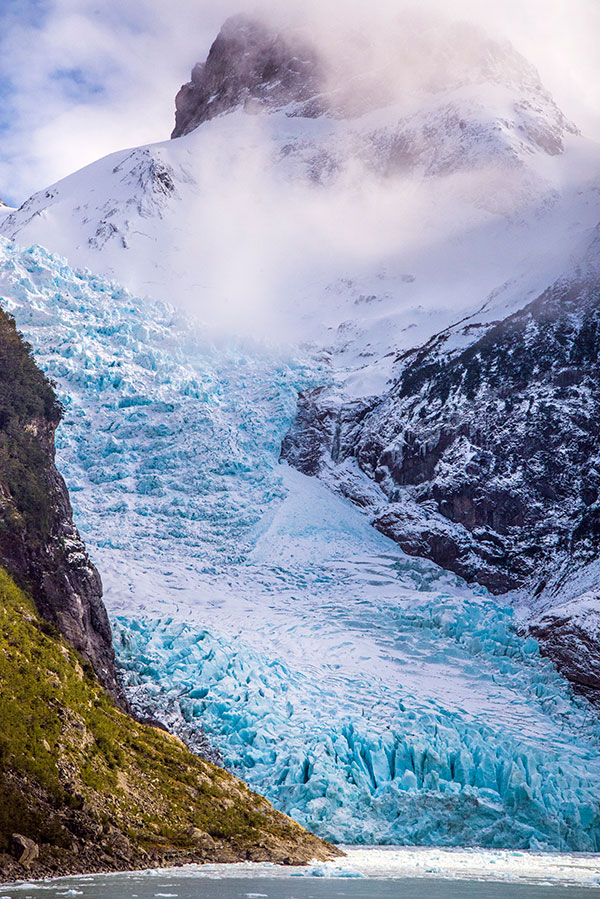
Nao Victoria: This private museum aims to provide a real experience in the replicas o...
discover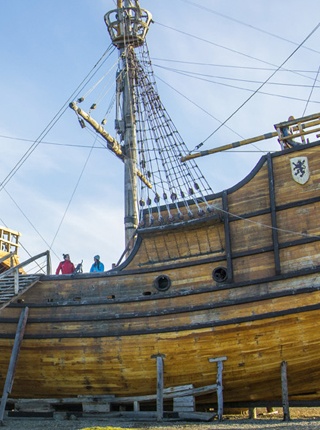
Pali Aike was declared a National Park on October 23, 1970 and is located 196 Km (122...
discover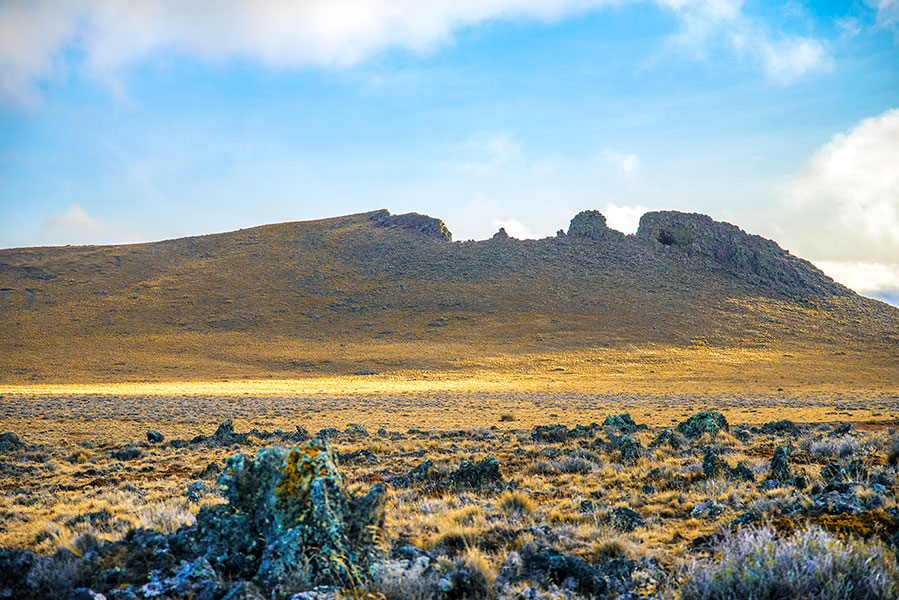
The “Almirantazgo” sound has the peculiarity of being the first marine protected ...
discover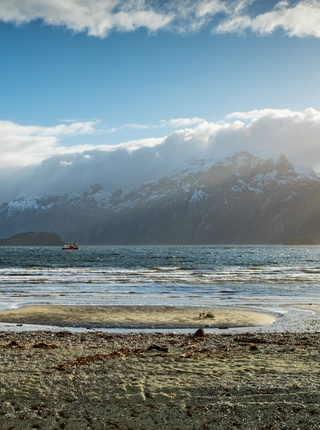
Capital and city with the largest population in the province of Tierra del Fuego.
discover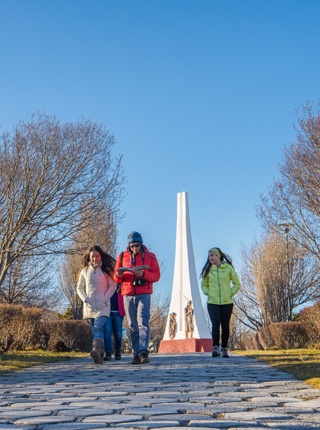
Bahía Inútil, is another major attraction in Isla del Fuego is to visit the King Pe...
discover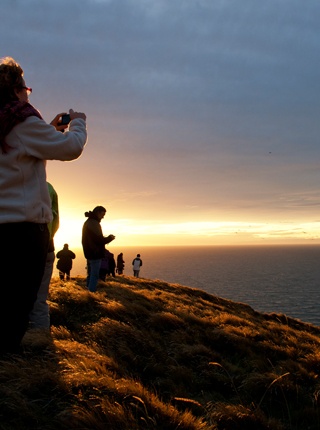
If you are in search of the best panoramic view of the Strait of Magellan, this reser...
discover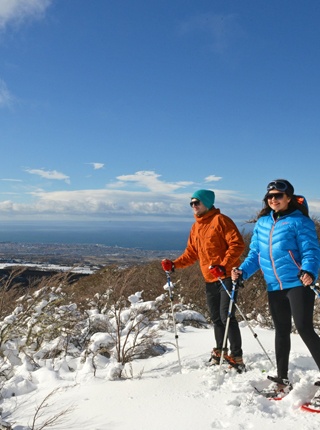
Punta Arenas, the regional and provincial capital, is the gateway to Chilean Patagoni...
discover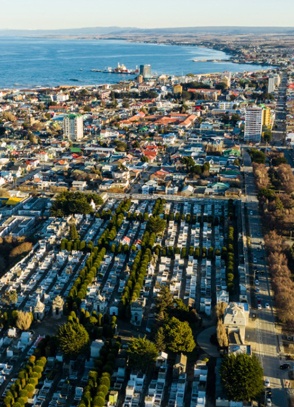
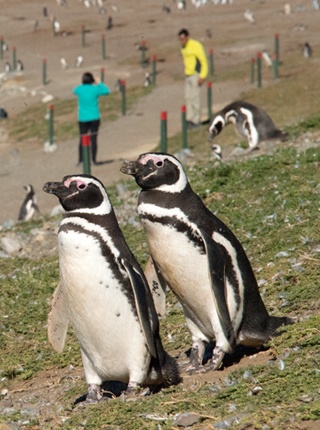
Fort Bulnes It is a historical reconstruction, which revives the place where the firs...
discover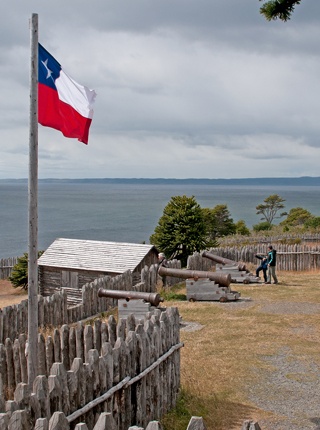
The capital of the Province of Última Esperanza (Last Hope) is the starting point fo...
discover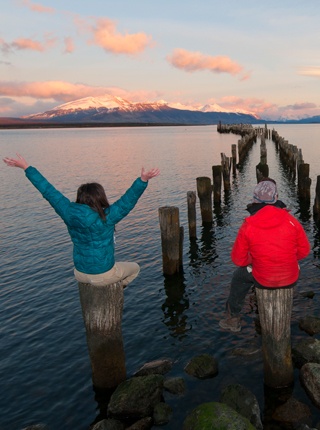
Grey Lake will surprise you with its beautiful and gigantic icebergs that fall from t...
discover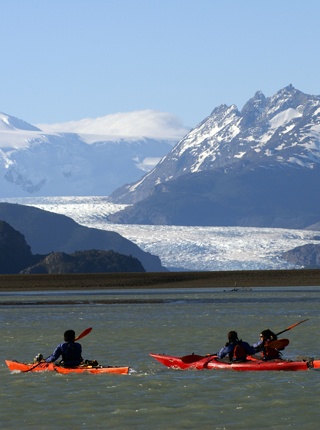
Imposing mountain landscape, dominated by frozen lagoons, snowy huts, rocky slopes wi...
discover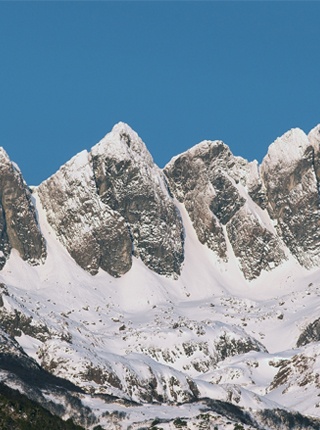
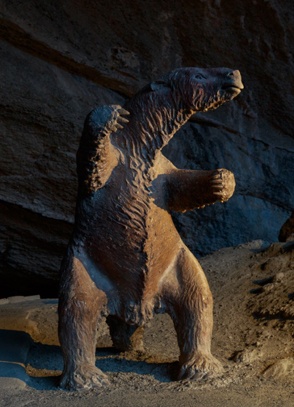
Chilean Antarctica, part of the white continent, is one of the coldest places in the ...
discover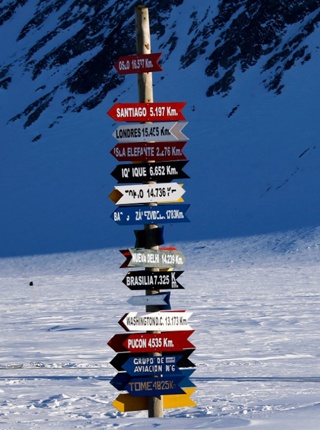
It receives its name in honor of the Beagle sailboat, which made its expedition in th...
discover
La isla Navarino it has a great geographical diversity, thanks to the presence of the...
discover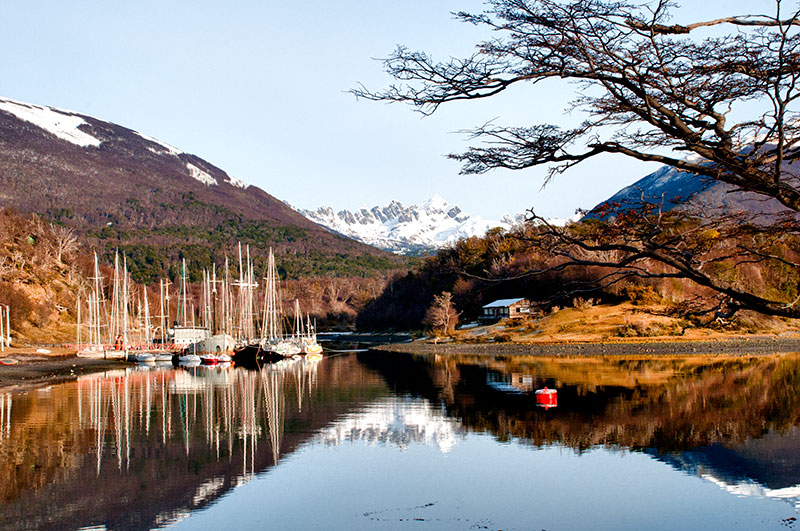
It is considered the Natural Paradise of Chile for its varied flora and fauna and one...
discover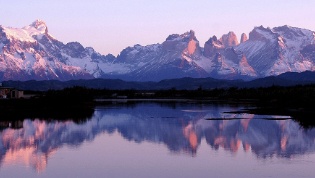
Cabo de Hornos National Park: Located in the Chilean Magellan and Antarctic Region.
discover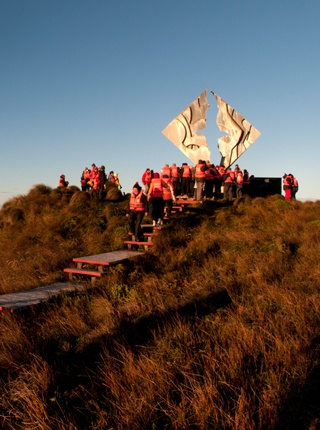
Within the parks, reserves and monuments it is important to always follow the instructions of the park rangers inside the protected wild areas. Do not light a fire or leave the enabled and demarcated trails.
In an emergency case, to contact Chilean police (Carabineros de Chile) you must dial 133 from every fixed phone and/or mobile phone.
Before your trip, you must have in mind the clothing that you’re going to pack because Patagonia is very cold and extremely windy, warm clothes are fundamental.
You must bring a heavy jacket (hopefully with newborn lamb skin), waterproof pants, wool caps, a fleece and thermal gloves, windbreaker, trekking shoes, comfortable shoes for resting, boots, sunglasses and sunscreen. Do not forget t-shirts and lightweight shoes for sunny days, the best thing you can do is to wear layers of clothing.
In Magallanes province, kayaking in the waters of the mythical Strait of Magellan.
discover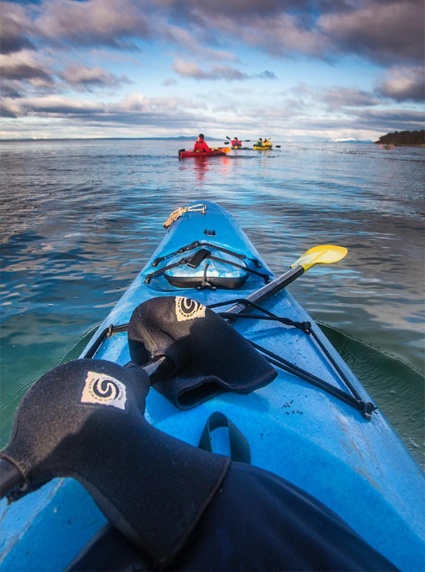
Without a doubt, Chilean Patagonia in Magallanes Region is the best place in Chile fo...
discover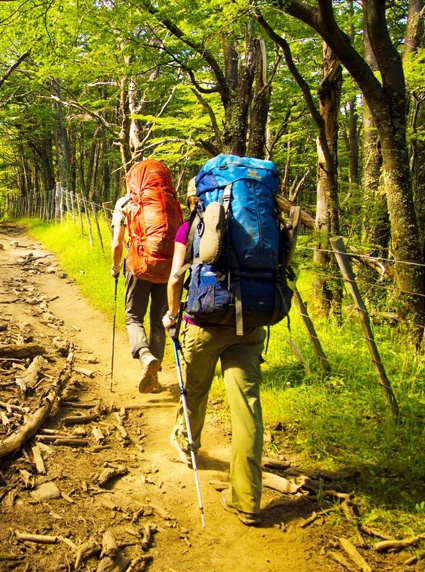
Fishermen from all over the world visit the rivers and lakes of Chilean Patagonia to ...
discover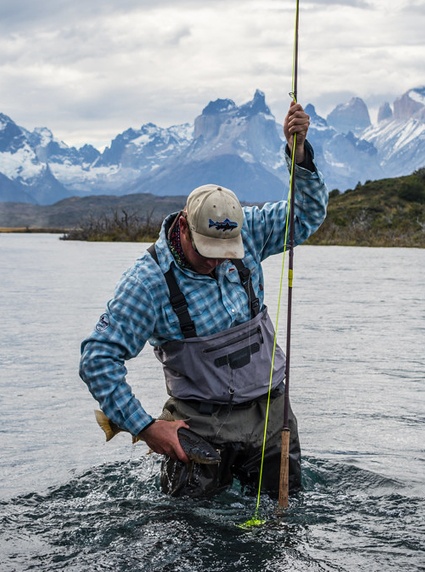
In this activity, you can go over the trees of the Patagonian forests and feel nature...
discover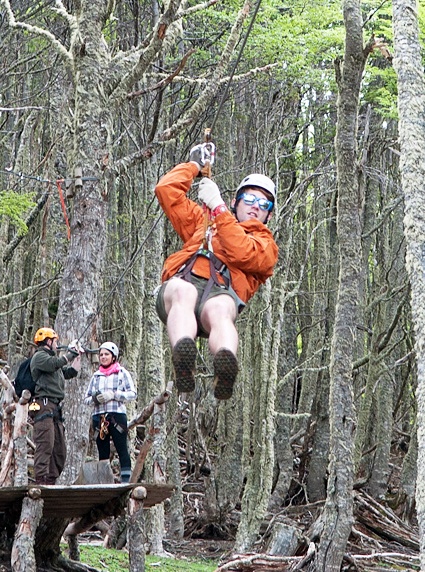
In the Chilean Patagonia in Magallanes and Antarctica Region you will find one of the...
discover